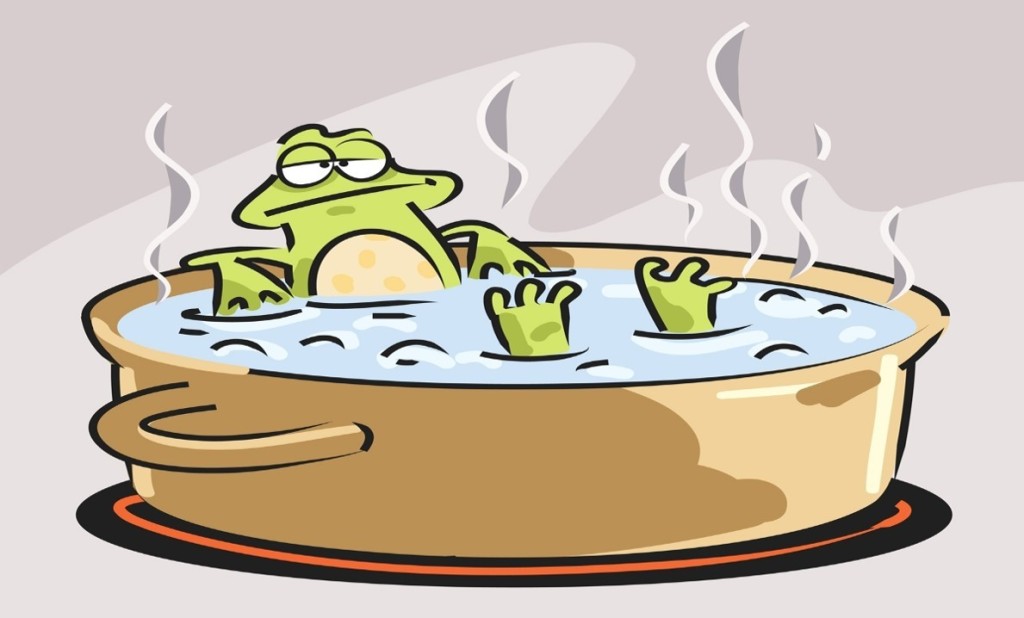
A friend from the blogosphere suggested an update on my job search might be of interest to some. But unfortunately, there’s nothing spectacular or, more realistically, even remotely significant to report.
At least the diabolical and anti-life Unemployment Office is out of my life, along with its theatrically thuggish associates trepidation and dread. So I’ve ceased to receive emails, texts, phone calls, and snail mail letters that say: YOU HAVE DARED TO DEFY THE UNIMPEACHABLE ANTITHETICAL LOGIC OF THE UNEMPLOYMENT OFFICE AND HAVE SECURED YOUR DESTINY WITHIN A GALACTIC CANNIBALISTIC EVENT. PLEASE BE AVAILABLE FOR A PHONE INTERVIEW BETWEEN 3 AND 5 ON THURSDAY. FAILURE TO COMPLY WILL RESULT IN VACUUM DECAY and possible cessation of benefits.

Evidently, though, somehow, due to the months-long strikes last year, all of the available captioning/subtitling material in the known universe was catapulted by trebuchet into multiple parallel realities and still has not managed to claw its way back to this one. It’s been as lethargic and sparse and dry as [insert favorite comical sexual aspersion here].

I wanted to share a job that came up in my job feed, though, at Pixelogic here in town, a company that recently laid off hordes of people, including veteran editors who’ve been in the business for decades. Think of the commercials where the guy’s showing off a product that does everything under the sun except for figure out your personal taxes, and all for the low, low price of, say, $19.99, and then look at the requirements and responsibilities listed for this job of Data I/O Specialist.
Some of these cut off mid-sentence, but I don’t know if that was the job feed’s fault or the company’s fault. But Pixelogic is so arrogant and contemptuous of its workforce that it’s not beyond belief that its job ad would contain errors while it simultaneously demands perfection from everyone else. I underlined some of my favorites. I love how, on top of ALL THIS… they still stick in a few “And other duties as assigned,” or “Whatever else we can think of and you’re not gonna say one good goddamn thing about it because there’s a hundred million others who can do this job blindfolded and drunk, and you’re lucky we’re paying you anything.”
And can anyone tell me, for the love of god, what a “geographically agnostic context” is?

QUALIFICATIONS
The ability to function as a team is critical to the success of the Data I/O function
An ability to adapt, be resilient, and creative often will help the team navigate through challenges
A positive supportive attitude is required to influence the success of the team
Priorities and workloads may need to change to meet a temporary need
Represent and uphold all departmental policies and procedures and maintain an exceptional level of
A positive attitude when experiencing obstacles and enthusiasm towards getting work done
Ability and willingness to learn new methods, procedures, or techniques and take on new tasks
Passionate about quality, customer experience and customer service excellence
Detail oriented and strong organizational skills
Excellent in multi-tasking
Excellent communication skills
Ability to work on your own initiative
Great team player and willingness to help and train others
Dependable
Works Autonomously without supervision
Works well under pressure
Willingness to take on new work
Innovative Ideas for Improving the Process
Experience with Internal and External customer communications
Advanced knowledge of Windows, Mac and Linux operating systems including command line
Background or training in IT, postproduction workflows and new media
Experience in industry standard delivery and file transfer mechanisms including Aspera P2P, Aspera Faspex, Signiant, FTP, etc
Experience in dealing with different types of physical media formats including drives, tapes, disks as well as managing LTO archives
Experience in dealing with storage solutions such as Quantum’s StorNext, and LTO
Understanding of computer networks including DMZ, production networks, VPNs, and firewalls
Understanding of computer hardware, protocols, and firewalls in a production environment
Experienced Data Management
Understanding of media including metadata, XMLs, audio and video formats, codec etc
Bachelor’s Degree from an accredited College/University or equivalent professional experience
The Level I Specialist, Data I/O support the team as they work toward the Lead’s daily, weekly, and monthly objectives
The Level I Specialist, Data I/O focus on accurately and consistently completing all work
RESPONSIBILITIES
The Level I Specialist, Data I/O must actively suggest edits to documentation and to workflow
The Data I/O team is by its nature global, consequently this Specialist is expected to participate in local and global activities in a geographically agnostic context
Pulling in work from other locations and asking for assistance when it is needed for the local team
Influencing global efficiencies by load balancing and waste reduction
Completing projects as assigned to improve the reliability of Data I/O as a service
Influencing the performance of departments that use Data I/O technologies but are not within
Contributing to and drawing from global training content and executing the same
Recommending and completing infrastructure projects
Influencing and optimizing workflow enhancements and standardization
Creating, maturing, and monitoring global KPIs
Other duties as assigned
The Level I Specialist, Data I/O is expected to exemplify the values of Pixelogic. Accountability, while Aiming for Perfection, Constantly Improving, Innovating, and Focusing on our Customers, with Integrity, Inclusivity, and Positivity
In addition, the Level I Specialist, Data I/O will be capable of building up the local Data I/O team and influencing the global team positively
Leadership attributes that make Data I/O successful in accomplishing its mission to serve its internal and external customers with excellence in speed, reliability, and accuracy
Level I Specialist, Data I/O solves problems and escalates through the chain of command as needed
Use and promote the OneQ and One Global Team goal
Consistent and constant communication in Teams channels and in email
Fully capable of completing at a minimum Data IO Level I task
Facilitate the delivery of digital files via various file transmissions means such as Aspera (P2P and
Facilitate communication between Data IO and all other departments to schedule and resolve issues within a fast-paced, dynamic workflow
Continuously monitor progress of multiple projects to maximize resources and time efficiency
Run verification tools, such as Verifier ++, MD5 check sums to validate file integrity
Create proxies through proxy creation tools and hot folders
Barcode and log physical assets as they come and notify recipients as soon as possible
Properly scan and check-out physical assets to secure and approved environments for tracking
Create shippers and ship physical assets by coordinating with local couriers or freight companies
Restore digital files from LTO and post to production servers
Archive digital files to LTO for internal and client back-ups
Mount and load digital files to external hard drives
Manipulate files including renaming, renumbering, and updating metadata information
Proactively coordinate with key production stakeholders to manage disk space within SAN and various production servers so minimize delays for incoming files
Maintain DATA IO / Packaging Manual used to communicate summary of platform specifications including manually updating metadata, workability, in-progress, and completion of tasks
Address log issues as they come up or discrepancies in media files when received to expedite possible re-delivery and to minimize delays
Escalate all issues as they come up if deadlines are in jeopardy, especially for media assets that are
service for both external and internal clients
Ensure the security protocols are followed
Other related tasks as assigned to fulfill responsibilities
Communication requirements with Client Representatives and coordinate with on boarding to ensure successful deliveries
Understand, process and initiate escalation processes
And the pay? All this–and more, much more–for the low, low price of $20-$22/hour.




































 Photo by Mathias P.R. Reding on
Photo by Mathias P.R. Reding on 










